Glossopharyngeal Nerve (9th Cranial Nerve)
Table of Contents
What is a Glossopharyngeal Nerve?
The glossopharyngeal nerve, known as the ninth cranial nerve (CN IX), is a mixed nerve that carries afferent sensory and efferent motor information.
Sensory: Innervates the oropharynx, carotid body and sinus, posterior 1/3 of the tongue, middle ear cavity, and Eustachian tube.
Special Sensory: Provides taste sensation to the posterior 1/3 of the tongue.
Parasympathetic: Provides parasympathetic innervation to the parotid gland.
Motor: Innervates the stylopharyngeus muscle of the pharynx.
Anatomical course
The glossopharyngeal nerve originates in the medulla oblongata of the brain. It emerges from the anterior aspect of the medulla, moving laterally in the posterior cranial fossa. The nerve enters the pharynx by passing between the superior and middle pharyngeal constrictors. Within the pharynx, it terminates by dividing into several branches – lingual, tonsil, and pharyngeal.
Function of Glossopharyngeal Nerve
There are a number of functions of the glossopharyngeal nerve:
-It receives general somatic sensory fibers (ventral trigeminothalamic tract) from the tonsils, the pharynx, the middle ear and the posterior 1/3 of the tongue.
-It receives special visceral sensory fibers (taste) from the posterior 1/3 of the tongue.
-It receives visceral sensory fibers from the carotid bodies, carotid sinus.
-It supplies parasympathetic fibers to the parotid gland via the otic ganglion.
-It supplies motor fibers to stylopharyngeus muscle, the only motor component of this cranial nerve.
-It contributes to the pharyngeal plexus.
Examination of Glossopharyngeal Nerve
This cranial nerve can be tested by assessing the gag reflex,
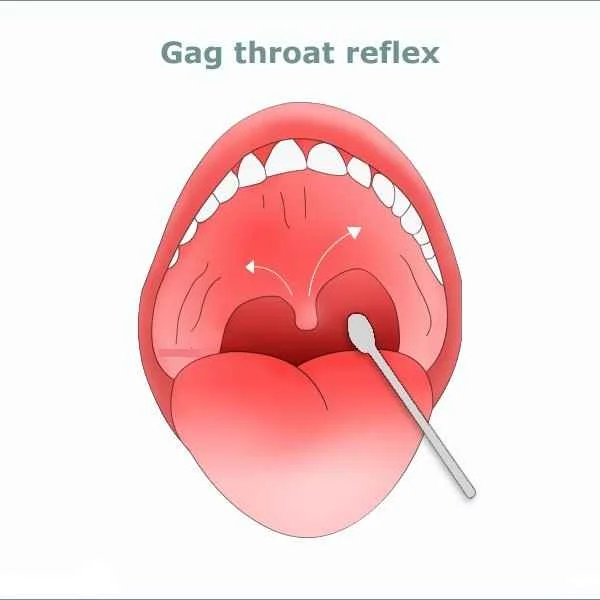
which is performed by gently stroking the patient’s back of the throat with a tongue depressor. Following this, instruct the patient to say Ahh and assess the patient’s soft and hard palates, uvula and tongue looking for any signs of deviations and/or asymmetries.
The clinician may also test the posterior one-third of the tongue with bitter and sour substances to evaluate for impairment of taste. The integrity of the glossopharyngeal nerve may be evaluated by testing the patient’s general sensation and that of taste on the posterior third of the tongue.
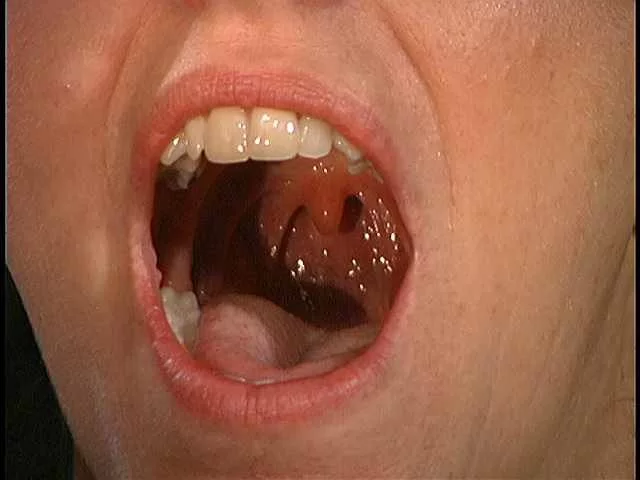
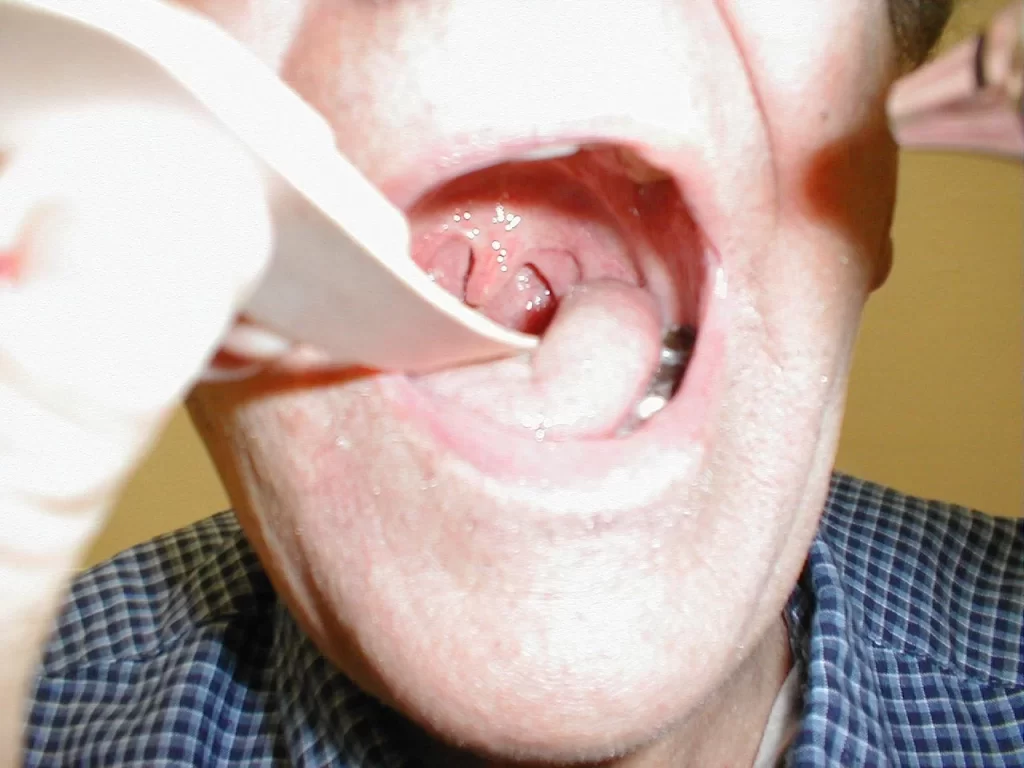
RESULT:
Unilateral lesions to the ninth cranial nerve do not cause any deficit due to the bilateral corticobulbar connections. Bilateral lesions result in pseudobulbar palsy. Glossopharyngeal nerve lesions produce difficulty in swallowing; impairment of taste over the posterior one-third of the tongue and palate; impaired sensation over the posterior one-third of the tongue, palate, and pharynx; an absent gag reflex; and dysfunction of the parotid gland. Episodes may be triggered by cough, sneeze, swallowing, or pressure on the tragus.
PSEUDOBULBAR PALSY:
Pseudobulbar palsy is a medical condition characterized by the inability to control facial movements (such as chewing and speaking with Facial palsy) and caused by a variety of neurological disorders. Patients experience difficulty chewing and swallowing, have increased reflexes and spasticity in the tongue and the bulbar region, and demonstrate slurred speech (which is often the initial presentation of the disorder), sometimes also demonstrating uncontrolled emotional outbursts.
DYSPHAGIA:
Dysphagia is the medical term for the symptom of difficulty in swallowing.
Some signs and symptoms of oropharyngeal dysphagia include difficulty controlling food in the mouth, inability to control food or saliva in the mouth, difficulty initiating a swallow, coughing, choking, frequent pneumonia, unexplained weight loss, gurgly or wet voice after swallowing, nasal regurgitation, and dysphagia (patient complaint of swallowing difficulty)
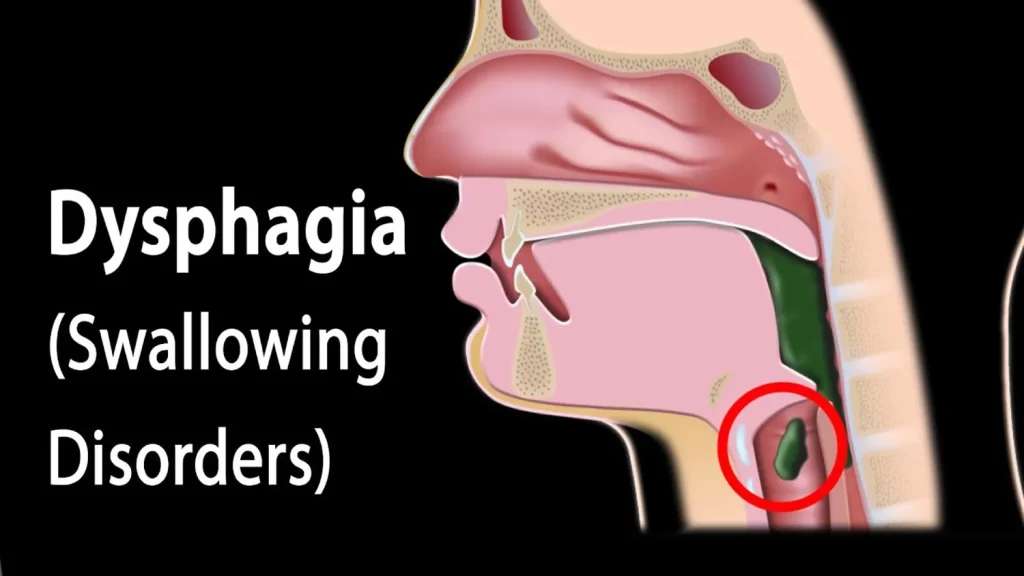

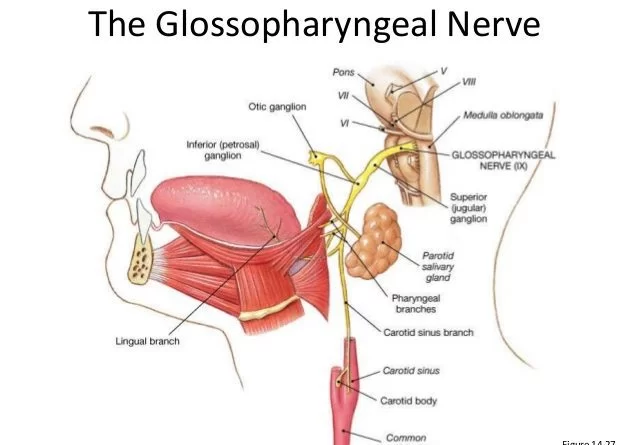
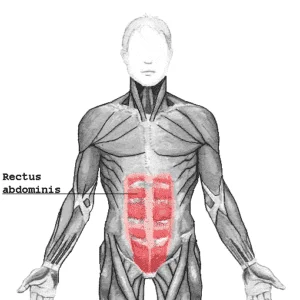
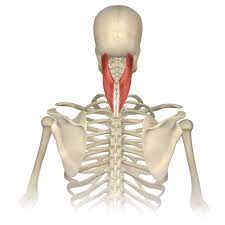

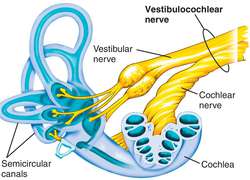
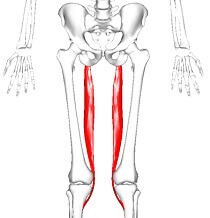

2 Comments